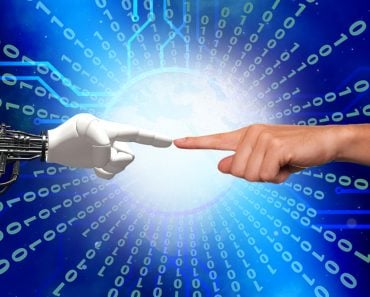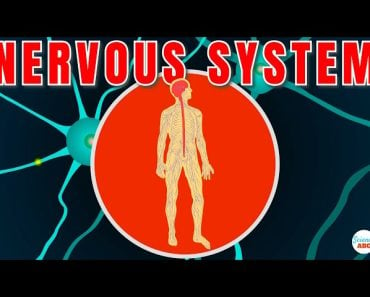Table of Contents (click to expand)
Robot vacuums use sensors and image mapping to interact with a space and create usable layouts of the environment, which enables them to navigate and clean effectively.
Cleaning is one of those chores that takes a lot of willpower to get done. Most of us wait for the right motivation to get started, like a special occasion or if someone important is coming over.
Thankfully, there are appliances that assist in getting these tasks done, and while a regular vacuum would require you to physically carry it around to clean out the dirt, a robotic vacuum cleaner cleans the floors it’s sitting on – without any help from us!

Robotic cleaning tech has come a long way since its inception. When the batteries died on the early models, you would often find them stranded in a corner of your house, beeping and alone, but the newer ones are truly something to behold. They clean every surface by themselves, memorizing the layout of the house and finding optimal ways to clean it. Once programmed with the essentials, the cleaner throws out the dirt in the receptacle on its own and self-charges by plugging itself in when the battery is about to die.
The question remains… how does a robot vacuum know how to navigate the house? How does it dodge obstacles and avoid re-cleaning the same spot over and over again? Let’s find out.
Recommended Video for you:
Through The Eyes Of The Robot Vacuum
While cleaning a room, the vacuum needs to navigate the space without hitting any obstacles, just like us. We do this by using our sensory inputs, primarily sight, and moving out of the way to avoid the obstacle. The robot vacuum works similarly, but has different sensors for different inputs. The onboard sensors enable them to avoid hazards, move through optimal cleaning paths and navigate efficiently to new spaces they have yet to cover.
The type of sensors used depends on the manufacturers who make the specific vacuum, but basically, real-time input from the sensors will trigger pre-programmed actions in the robot, helping it make unassisted, on-the-spot decisions.
The cleaners are made to be as small as possible, with a very compact design, allowing them to reach every small corner beneath objects. For the places they can’t reach and inadvertently bump into, they use sensors to guide them through.
These sensors include the following:
Wall Sensors
The robot vacuum is aided with an infrared sensor that detects the walls of the house. This is required for the robot to track the walls and move along them while cleaning the dirt accumulated on the sides of the skirting of the wall. In some devices, the robot also determines the cleaning path in a room, which is done through pre-programmed algorithms. The infrared spectrum is also useful in tightly navigating furniture in a room, which makes it easier to clean the room more thoroughly. In those devices with mapping capabilities, the wall sensors can enable them to go around open doorways and clean new rooms.

Obstacle Sensors
The biggest concerns for robot vacuums are the objects in a room—the loose furniture, the sofa legs, the dining table, chairs, and any haphazardly placed toys. For combating this problem, there are sensors placed on the shock-absorbing bumpers of the robot. When the robot bumps into an object, the sensor gets triggered, informing the robot to steer in the opposite direction of the bumped object. Since moving around objects can leave traces of dirt, many manufacturers tell their robots to take different routes to the obstacle, by slowly bumping into objects to see if they’re soft (like curtains and blinders), so they can push through, rather than avoiding the area completely.
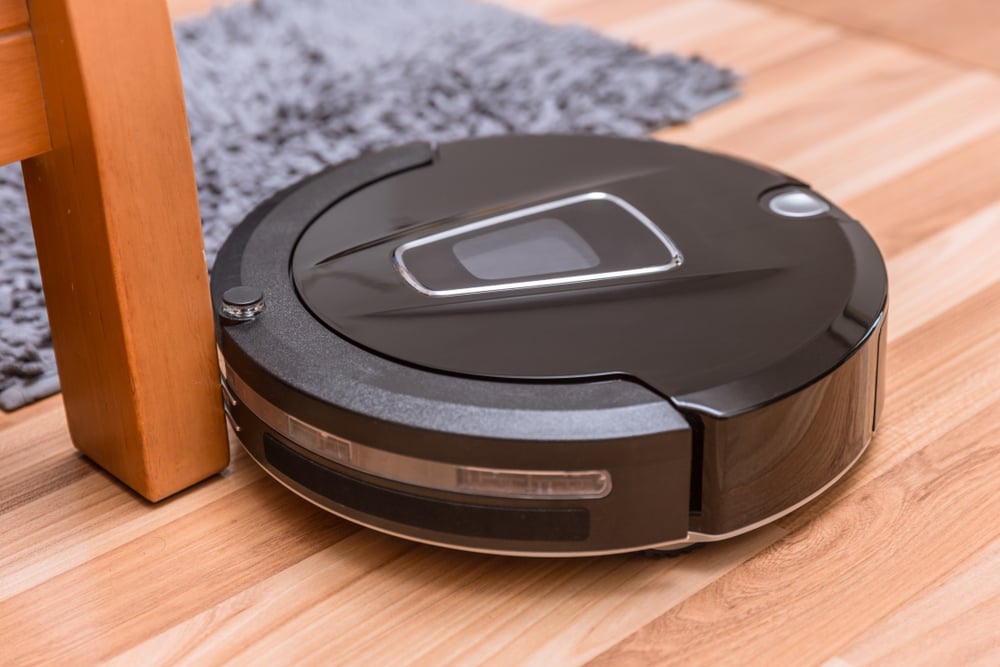
Cliff Sensors
Changes in floor level can be a major hazard for the robot, as it could get stuck or even damaged. Areas like stairwells and lofts can be very treacherous and may cause damage if poorly navigated. To make sure that the robot stays on the same plane, infrared sensors are put beneath the robot that send out signals to measure the distance from the floor. If the signal is received immediately, the robot knows it is on the same plane. If the signal takes time to return, it recognizes that there is a cliff, so it initiates a pre-programmed protocol to change its path to a different direction.
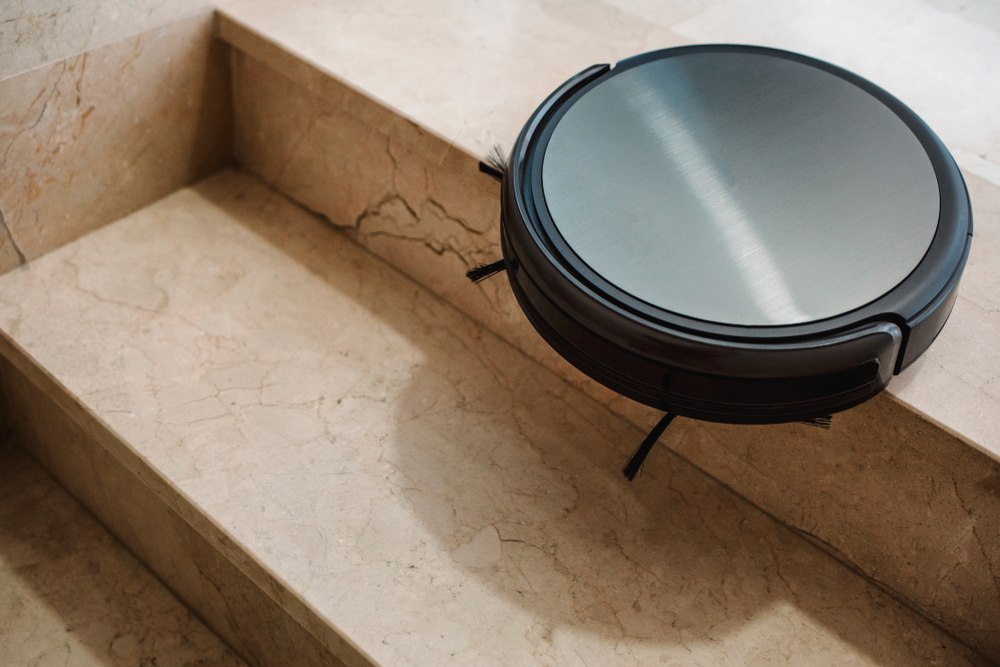
Wheel Sensors
It is essential for the robot to calculate the total distance it has traveled in the room, essentially to make sure it has thoroughly cleaned all the surfaces of the room and not missed any spots. Light sensors are therefore placed on the wheels of the robot. This enables the robot to measure its own wheel rotation. This measurement, when calculated with the circumference of the wheel, gives it the distance it has traveled.
Dirt Sensors
These sensors are used by some manufacturers to notify the robot in the case of excess dirt in a certain area. These are acoustic impact sensors, which enable the robot to detect if a high volume of dirt is entering into the robot, as the dirt causes the metal plate in the sensors to vibrate. The robot will then initiate another round of cleaning of the room, as it recognizes that there is more dirt to tidy!

LiDAR (Light Detection And Ranging) And Image Mapping
The newest crop of robots utilizes powerful computer detection and mapping programs. These are seen in high-range robots with advanced capabilities. Every manufacturer is idiosyncratic in their use of these technologies, which makes the robots different from each other in terms of capabilities.
Some manufacturers use onboard cameras to click pictures of the entire room, marking the location of furniture, ceilings, walls and the overall layout of the room. This enables the robot to be aware of the environment it is cleaning, helping it to recognize areas and learn optimum paths for better cleaning and efficient power usage.
Some of the robots use LiDAR (Light Detection and Ranging) to map the distance between them and the objects in their path. It creates a map with these measurements, which enables them to know the environment and know its place in the environment, so it knows what path has already been taken, allowing it to optimize its movements for better maneuvering.
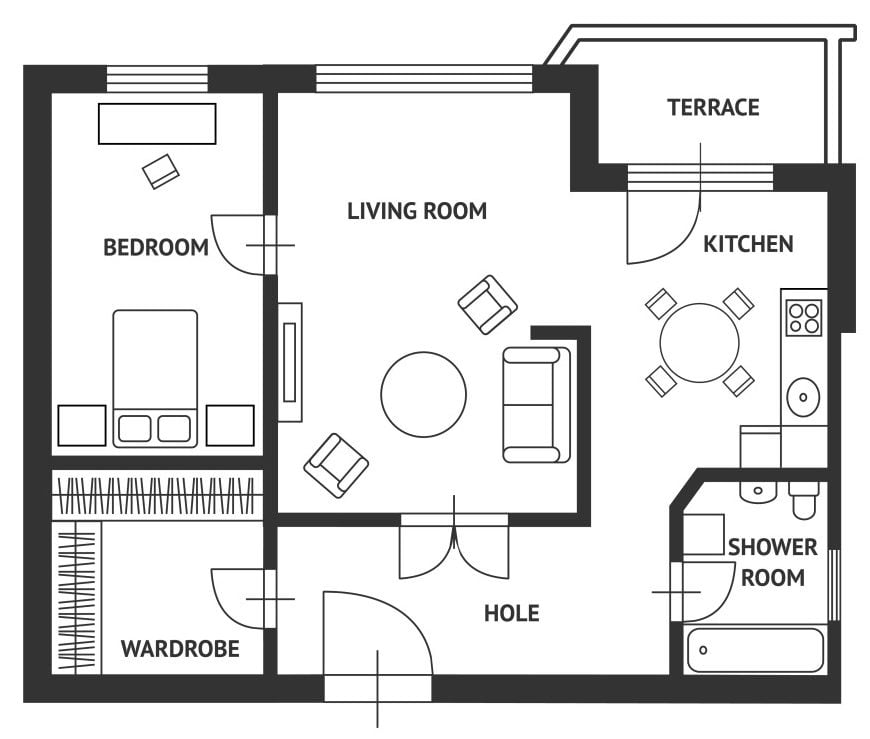
Conclusion
Multiple sensors and image mapping technology are used to help robot vacuums understand and navigate in a room. They make the robot smart and more capable of finding optimal ways to maneuver a space to clean it effectively. These multitudes of sensors are seen as product features and may or may not be available, depending on the company and price point of that specific robot vacuum. Choose wisely!






